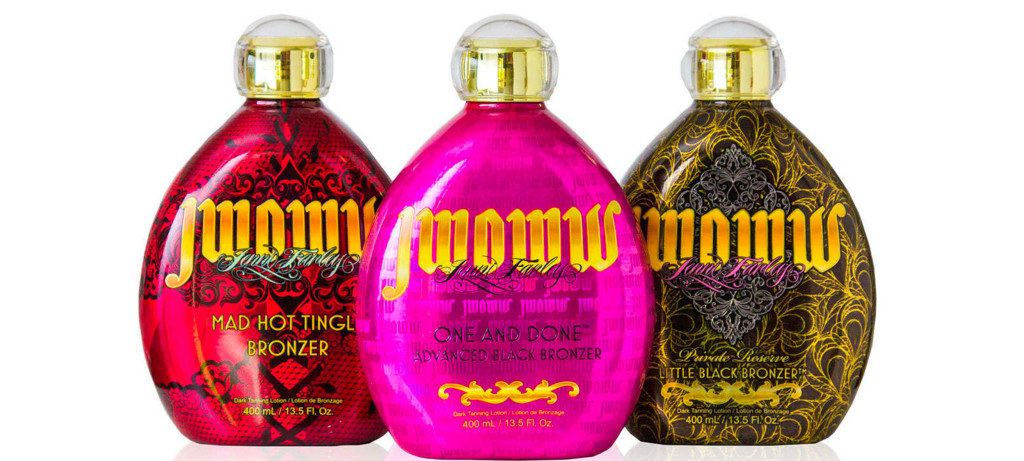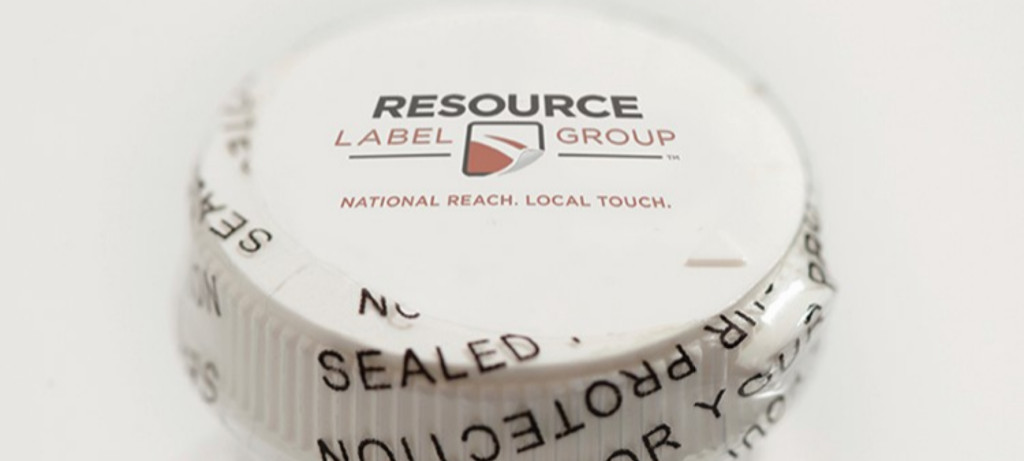How to look at product label costs: Brand story first, price second
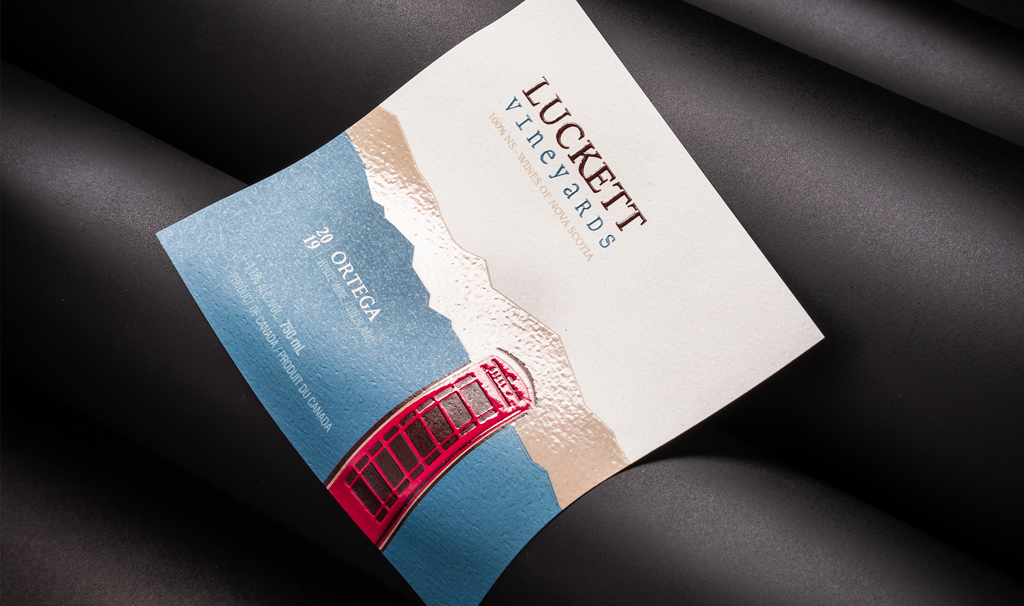
“How much do product labels cost?”
This is the most common question that a brand owner or procurement team asks.
They usually want a clear answer like, “Labels cost $0.50 each when you use material X and embellishment Y, and $1 if you upgrade to material A and embellishment B.”
Unfortunately, label pricing is rarely that simple. Achieving the label you want isn’t always a linear process, and it can be influenced by variables like order size, material choice, ink selection, finishes, embellishments, SKU complexity, adhesives, run size, print technology, supply chain factors and more.
The worst approach is to pursue lower prices in a vacuum. The process needs to be more holistic than that, and you can get that guidance with a good label partner. By understanding your goals, they’ll find ways to make your entire label experience simpler and more cost-efficient.
Labels aren’t purely an expense. They’re an investment that affects how consumers perceive your products.
To many consumers, your label is an extension of your brand. In fact, label branding is often what persuades them to add products to their carts.
Neuromarketing studies corroborate this, revealing that minor label material and design changes have a major impact on how consumers perceive products at point of purchase.
After you factor in brand equity, consumer perception and sales uplift, minor cost discrepancies often become inconsequential.
Here, we’ll explain why brands shouldn’t take a “price-first” approach to designing labels or partnering with a label printer.
And, for the price-conscious brands out there, we’ll reveal a few ways your procurement team can cut costs without compromising your branding.
Accurate label pricing requires answering the following questions:
- Can I reduce label costs without compromising my brand image?
- Without changing the label, which process efficiency options can cut costs?
- How does long-term planning mitigate supply chain delays?
The worst approach is to pursue lower prices in a vacuum. The process needs to be more holistic than that, and you can get that guidance with a good label partner. By understanding your goals, they’ll find ways to make your entire label experience simpler and more cost-efficient.
Saving money on your labels should never compromise your brand. By consolidating SKUs and printing on cost-effective stock, Pelee Island Winery could focus their spend on the embellishments that mattered.
How to save 20% in label costs and still achieve a best-selling label
Before cutting costs, ask this question:
What do I want people to feel when they see my product’s label?
Sometimes, you can tell the right packaging story with a relatively cost-effective label. For example, many salsa brands differentiate via colorful graphics printed on relatively simple, unembellished paper or film labels.
Other times, you may have to invest in more expensive label finishes and decorations to ensure your packaging story strikes the right note for your product category and target audience. Top-shelf liquors often require top-shelf labels to justify their price point.
Many brands understand labels are inextricably linked to their image and develop one-of-a-kind label concepts like:
- Leveraging embossing and debossing to create tactile, 3D effects.
- Creating depth by mixing and matching spot varnishes.
- Switching to metalized materials for differentiation between brands in a product family.
- Building trust by allowing consumers to authenticate high-end products in real time by scanning NFC tags.
- Moving toward sustainable label materials to support the recycling of PET containers.
- Employing a variety of luxury finishes to command top-shelf prices.
These concepts vary in price. For many brands, price ultimately takes a backseat to product differentiation and communicating the right packaging story. And rightfully so.
How a label partner brings your brand to life
From reducing risk to cutting costs, a label partner finds opportunities to add value and elevate your brand. See the National Reach, Local Touch difference for yourself.
The takeaway? Don’t pursue label cost reductions in a vacuum.
Doing so could have unintended consequences for your brand:
- You could engineer the cheapest label possible, but if it doesn’t tell the right story for your segment, it won’t attract customers and your product will gather dust on the shelf.
- You could partner with the cheapest label supplier, but at what cost? Poor communication, dated production technology, missed orders and inconsistent print quality are very real risks. (Speaking of label supplier selection, here’s our advice for getting the most out of the bid process.)
- You could switch to a cheaper label material, but it might result in a loss of brand equity. Finance follows form in many branding decisions.
But no matter how elaborate the concept, brands still want competitive pricing for their labels. If your procurement team aims to cut year-over-year costs, keep reading. We’ll explore five ways to tighten your budget without making any changes to your brand’s overall concept.
Five ways to cut label costs without negatively impacting branding
Custom labels require a complex manufacturing process. Your printer sources raw materials and performs a series of processes (printing, die cutting, embellishing) that transforms them into the rolls of finished labels that arrive at your facility.
Because processes are tailored for each brand’s individual vision, pricing varies.
At Resource Label Group, we partner with companies to strike a balance between what your procurement team needs in terms of cost efficiencies and what your brand owner needs in terms of product differentiation.
Ready for one-on-one pricing information? Contact us today.
Below, we’ll narrow in on five factors that impact pricing and how you can use each to shave a few percentage points off overall costs:
- Order size — Larger orders mean lower per-label costs.
- Print technology — Flexo, digital or digital impact? It depends.
- Finishes and embellishments — Ask about alternative techniques.
- Label dimensions — Downsizing can result in huge savings.
- Lean on your label partner — Early and frequent consultation is always key.
Order more labels less often
The larger your order, the lower your per-label cost will be. This is because the press setup time and make-ready waste get spread out over more labels.
Cost-saving idea
Ask your label provider how changing your order schedule can improve overall label costs. For example, instead of ordering labels every month, you might be able to use quarterly orders to pay significantly less per label.
To learn how your label partner can help you balance risk and cost when choreographing orders, read this article about packaging inventory management.
But wait — large orders aren’t ALWAYS the answer to cutting costs
Over ordering just to bring down unit costs isn’t right for every brand. This can inflate the cost of carrying inventory. But a collaborative label partner can review your overall plan through a clear lens and assess whether or not this is the right money-saving move for your company.
Consider other print technologies
Generally speaking, these three technologies are most commonly used for printing labels: digital, flexographic and digital impact (hybrid) printing.
Plate-free digital offers the best per-label value at low volumes because it eliminates upfront tooling costs. At higher volumes, flexo’s unparalleled throughput speed neutralizes the cost of plates. And digital impact, a hybrid technology, is used in some cases to reap the benefits of both flexo and digital.
None of these technologies are inherently “better.” In fact, many brands benefit from employing a mixture of technologies across their product portfolio. To learn why, this article explores scenarios in which each technology provides the best pricing.
Cost-saving idea
Flexo invariably provides the best value for long runs with little variability. But for products with many flavors, scents or seasonal variations, ask about digital printing or digital impact.
The variable data capabilities of these technologies let you combine multiple SKUs into one order, reducing your overall per-label costs. It’s important to note that you can only combine labels that are the same size and use the same material.
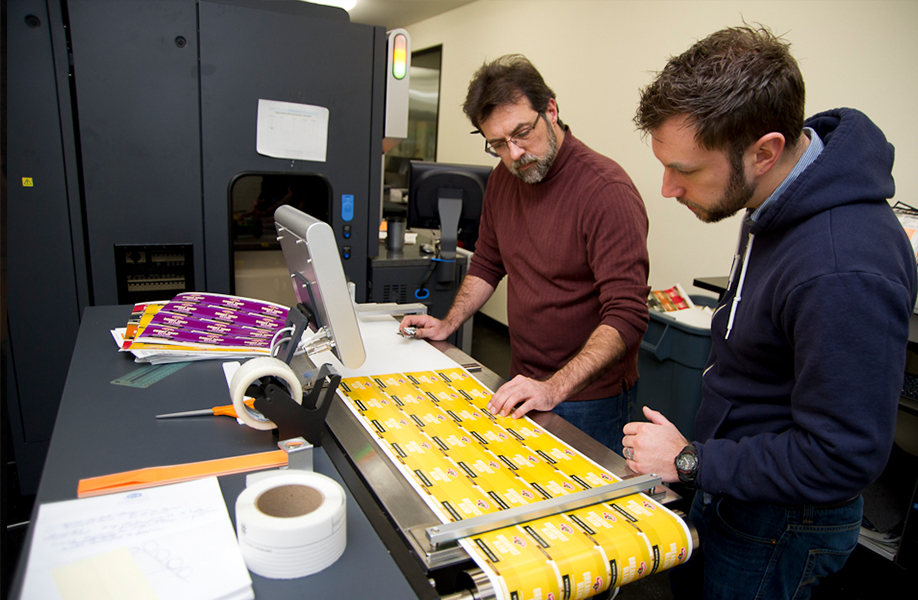
Re-examine your finishes and embellishments
While many brands keep it simple with compelling graphics printed on a paper, film or foil substrates, others elevate their labels with premium finishes like spot varnishes, pattern embossing and foil stamping.
Cost-saving idea
Some embellishments are more cost-effective than others. When weighing your options, ask about alternatives that can achieve similar effects.
For example, you could incorporate several spot varnishes, each incurring its own custom tooling cost. But if you like one of our in-house pattern varnish dies, then you’ll get a textured look without investing in custom dies.
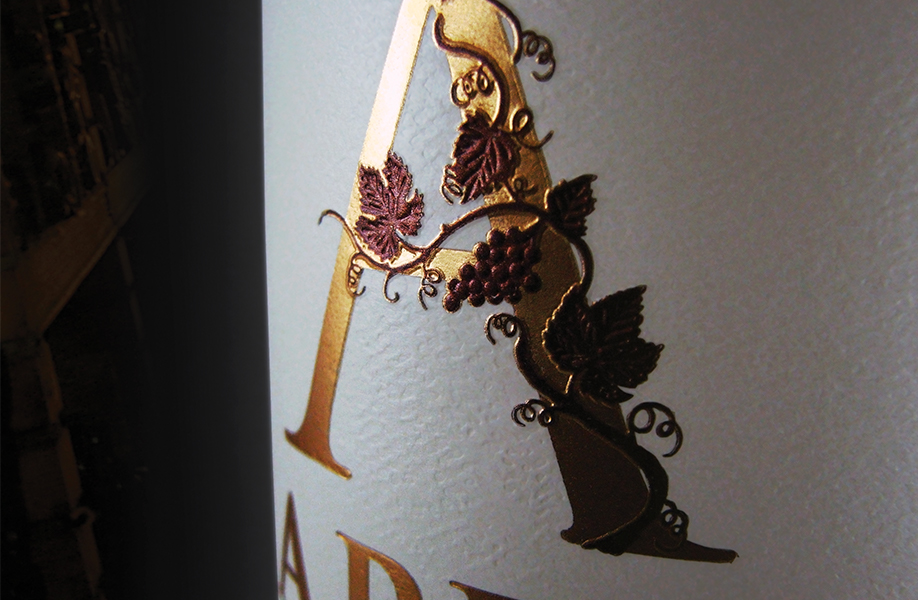
Experiment with label size
It’s easy to see how your label size impacts cost: larger labels use more material. But what you may not know is that label presses have a set web width — and you can cut costs by optimizing the size of your label to maximize the number of labels that can be printed at once.
Cost-saving idea
Ask your label printer to optimize the size of your label to the press width. Using a smaller label size also means that every roll contains more labels, which saves you money on production and freight.
The power of early and frequent collaboration
The benefit of long-term planning with your label partner extends beyond budgeted line items. A good label partner can help you make a long-term plan to steel your brand against unexpected market forces. Every company is different, which means creative cost solutions will vary. But no matter the challenges your brand faces, collaborative and frequent planning makes the overall label experience easier.
Cost-saving idea
Find a label partner who works to understand your overall long-term goals and your immediate label needs.
This will vary from brand to brand, but their solutions may include improving your overall business processes by consolidating with a single vendor. This can mean fewer POs and invoices, reducing unnecessary and costly administrative paperwork. If your brand’s long-term goals involve stronger sustainability measures, your label partner can set the necessary benchmarks for you to achieve them within your budget.
Generally speaking, there are three technologies that are most commonly used for printing labels: digital, flexographic or digital impact (hybrid) printing.
Plate-free digital offers the best per-label value at low volumes because it eliminates upfront tooling costs. At higher volumes, flexo’s unparalleled throughput speed neutralizes the cost of plates. And Digital Impact, a hybrid technology, is used in some cases to reap the benefits of both flexo and digital.
None of these technologies are inherently “better” than the others. In fact, many brands benefit from employing a mixture of technologies across their product portfolio. To see why, check out this article which walks through scenarios in which each technology provides the best pricing.
Cost-saving idea
Flexo invariably provides the best value for long runs with little variability. But for products that have many flavors, scents or seasonal variations, ask your label converter about digital printing or Digital Impact.
The variable data capabilities of these technologies will allow you to combine many SKUs into one order, thereby reducing your overall per-label costs. It’s important to note that you can only combine labels that are the same size and use the same material.
Supply chain woes? Lean on your label partner
There’s value in long-term planning with a true label partner. With early collaboration, you won’t just get notified when items are delayed. A label partner works with you to contextualize the issue, and provides creative solutions and long-term forecasting. For example, during the Finnish paper strikes in early 2022, we helped transition many brands to PET liners to avoid looming supply chain shortages.
When it comes to long-term planning, the best label printer is rarely the one that gives you the lowest number. Instead, opt for the one that offers a true partnership and the best value.
What to ask your if you want to reduce label costs
Seek out a label partner who gives you the most for your money, not just a printer that promises cheap costs. This helps your brand avoid a reactive mindset during market uncertainty, whether that’s supply chain problems or inflation. A label partner increases your brand’s resiliency by looking out for your long-term interests.
When you’ve been tasked with cutting label spend, ask potential suppliers these three key questions:
- Is changing order quantity really the best option for my brand?
This is probably the most common tactic, but your label partner can review your overall goals and help you determine whether this is truly the best approach for your brand. Often, there are other, more effective tools at your disposal. So be skeptical if a change in order quantity or cadence is the only solution brought to the table.
- How can improving my order processes save money?
Besides the label itself, there might be savings opportunities in your overall business process. This could mean consolidating orders through a single provider to reduce paperwork lift. It could also involve inventory management agreements to match label deliveries to your forecasted needs. A good label partner can find the right solution for you.
- What technologies do you offer that help my brand’s bottom line?
At Resource Label Group, customers use a software suite called EASESENTIALSTM that makes it easy to order, proof, review and track labels. This doesn’t just save time. It makes the overall label process more convenient for every stakeholder and eliminates pricy mistakes by triggering quality control checks at every step.
Make your label budget work harder
Cutting costs on label spend is rarely a linear process, and labels can be complicated. That’s why you need an expert guide.
At Resource Label Group, we’re not just order takers. We provide you with the expertise, experience and technologies that build the right labels for your brand. Our team offers holistic approaches from start to finish, identifying opportunities for brands to add value while reducing risk and cutting cost.
That’s the difference between a printer and a partner.
Are you ready to find creative cost solutions for your brand’s unique needs? Schedule a consultation today.
Tags:

